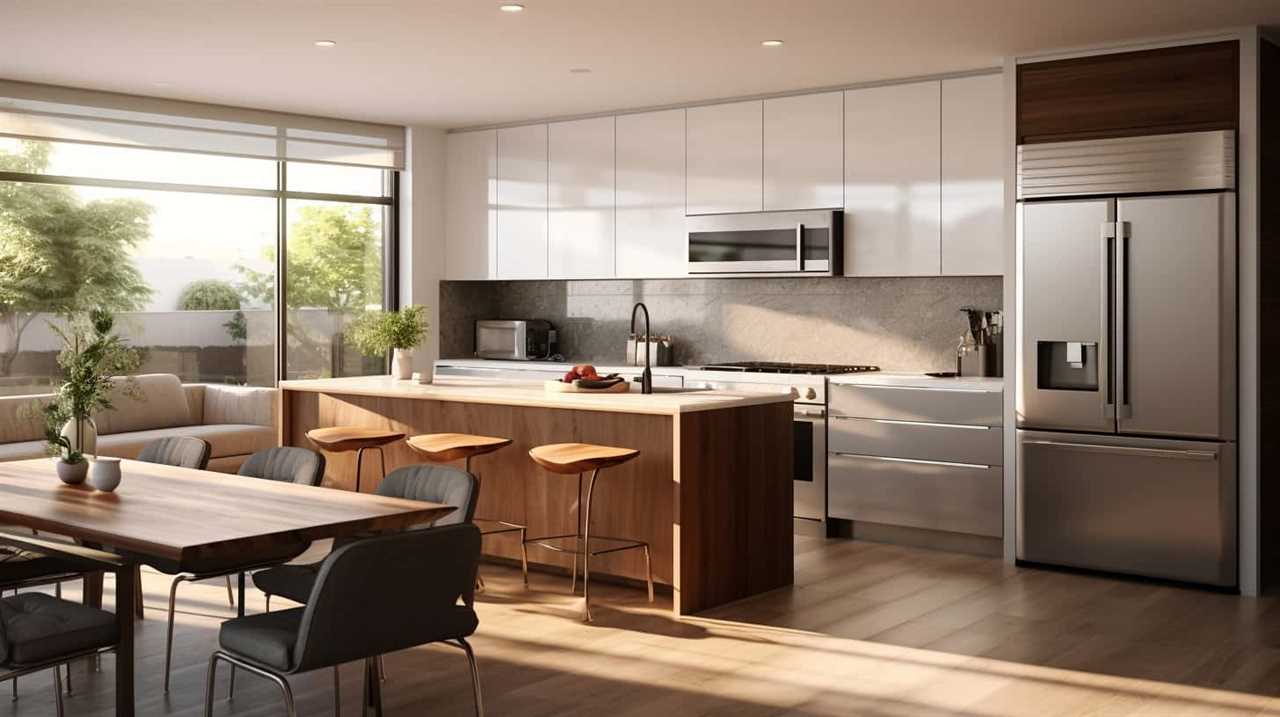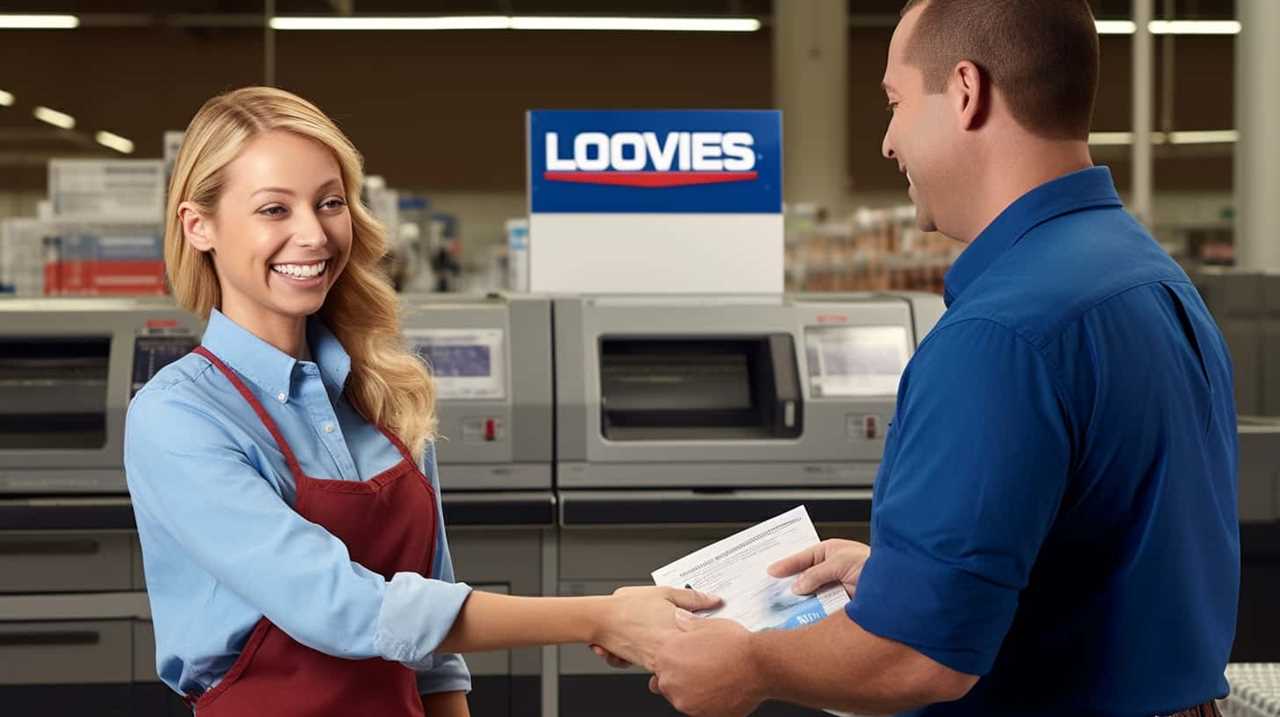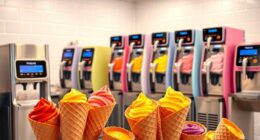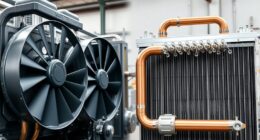Are you interested in knowing the price of dental devices for sleep apnea? Get ready as we have all the details you need!
In this article, we’ll break down the factors affecting dental appliance costs, the average price range, and the types of appliances available.
We’ll also dive into insurance coverage, compare costs with other treatments, and offer tips for finding the best price.
So, let’s embark on this journey to discover the ins and outs of dental appliance costs for sleep apnea.

Key Takeaways
- The cost of dental appliances for sleep apnea can vary based on factors such as the type of appliance recommended by the dentist, the complexity of the patient’s condition, the materials used in the appliance, and the location of the dental practice.
- The average price range for dental appliances can range from $500 to $4,000, depending on the type and features of the appliance.
- It is important to consult with a healthcare professional to determine the most suitable dental appliance for specific needs, as different types of appliances may have different costs and effectiveness in treating sleep apnea.
- Insurance coverage and financing options may be available to help offset the cost of dental appliances, but it is important to understand the limitations and criteria of insurance coverage and consider alternative cost-effective treatments.
Factors Affecting Dental Appliance Costs
One factor that significantly affects the costs of dental appliances for sleep apnea is the type of appliance recommended by the dentist. There are different types of appliances available, each with its own cost implications.
For example, a custom-made oral appliance, which is specifically designed and fitted for an individual patient, tends to be more expensive compared to over-the-counter appliances. Other factors that can affect the price include the complexity of the patient’s condition, the materials used in the appliance, and the location of the dental practice.
To save costs on dental appliances, it’s advisable to consult with your dentist about any available insurance coverage or financing options. Additionally, some patients may find it helpful to compare prices from different dental practices or ask about any discounts or payment plans that may be available.
Average Price Range for Dental Appliances
Now let’s explore the average price range for dental appliances for sleep apnea. When considering the cost of dental appliances, it’s important to take into account several factors that can affect affordability. Here is a breakdown of the average price range for these appliances:
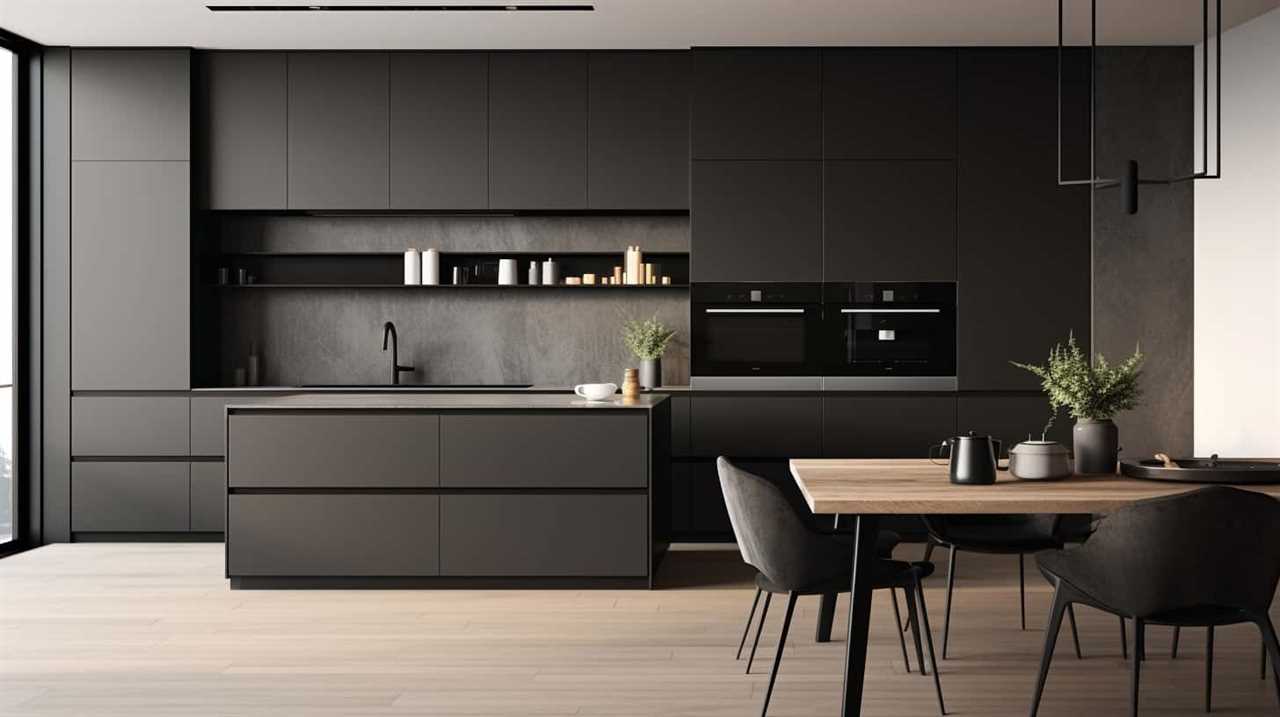
- Basic dental appliances: These typically cost between $500 and $1,000. These appliances are custom-made and provide a good level of comfort and effectiveness for mild to moderate cases of sleep apnea.
- Adjustable dental appliances: These offer a higher level of customization and flexibility, allowing for adjustments to be made as needed. Prices for these appliances range from $1,000 to $2,500.
- Precision dental appliances: These are the most advanced and expensive options, ranging from $2,500 to $4,000. They’re designed to provide the highest level of comfort and effectiveness for severe cases of sleep apnea.
When comparing the cost of dental appliances with other treatments, such as continuous positive airway pressure (CPAP) machines or surgery, dental appliances may be a more affordable option for some individuals. However, it’s important to consult with a healthcare professional to determine the most suitable and cost-effective treatment for your specific needs.
Types of Dental Appliances for Sleep Apnea
When it comes to dental appliances for sleep apnea, there are several types available. It’s important to consider the cost of these appliances, as they can vary depending on the type and features.
Additionally, the effectiveness of different types of dental appliances may vary, so it’s essential to choose one that suits your specific needs.
Lastly, it’s crucial to be aware of the potential long-term usage effects of dental appliances for sleep apnea.

Cost of Dental Appliances
We researched the cost of dental appliances used for treating sleep apnea and found various types available. The pricing of dental appliances for sleep apnea can vary depending on several factors. Here are three key factors that affect the pricing of these appliances:
- Customization: Dental appliances that are custom-made specifically for each individual tend to be more expensive compared to generic or off-the-shelf options.
- Material: The type of material used in the dental appliance can also impact its cost. High-quality, durable materials may result in a higher price.
- Brand and Provider: Different brands and providers may have varying prices for their dental appliances. It’s important to research and compare options to find a cost-effective alternative without compromising quality.
Considering the cost of dental appliances is important, but it’s equally crucial to assess their effectiveness in treating sleep apnea. Let’s now explore the effectiveness of different types of dental appliances for sleep apnea.
Effectiveness of Different Types
Continuing our exploration of dental appliances for sleep apnea, let’s examine the effectiveness of different types available on the market.
When it comes to treating sleep apnea, dental appliances have shown promising results. Several types of dental appliances are commonly used, such as mandibular advancement devices (MADs) and tongue retaining devices (TRDs).
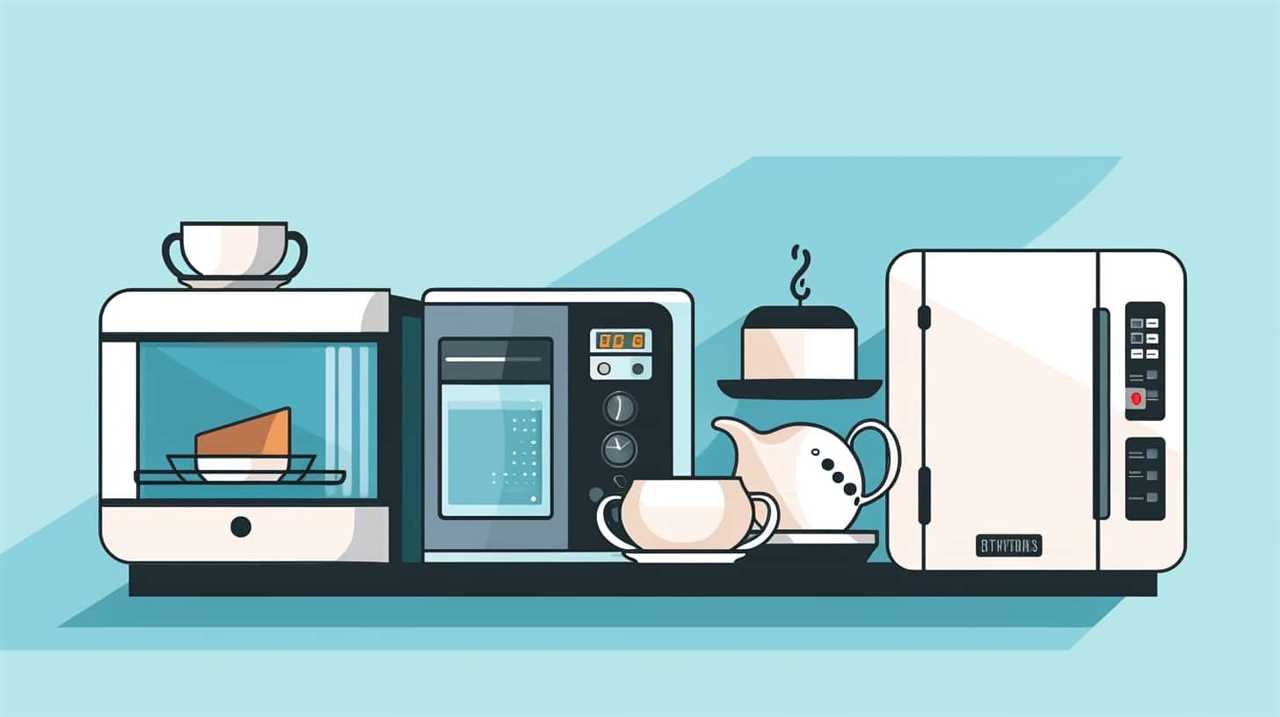
MADs work by holding the lower jaw and tongue in a forward position, thereby keeping the airway open during sleep. TRDs, on the other hand, hold the tongue in place to prevent it from blocking the airway.
Studies have shown that both types of dental appliances can effectively reduce the symptoms of sleep apnea. Additionally, they’ve been found to have minimal long-term side effects and high patient satisfaction levels.
However, it’s important to note that individual responses may vary, and it’s recommended to consult with a healthcare professional to determine the most suitable dental appliance for your specific needs.
Transitioning into the next section, let’s now delve into the long-term usage effects of these dental appliances.

Long-Term Usage Effects
To understand the long-term usage effects of dental appliances for sleep apnea, let’s now explore the impact of different types on patients’ overall oral health.
Dental appliances for sleep apnea can provide long-term health benefits by effectively treating the condition and improving sleep quality. However, it’s important to be aware of potential risks associated with their use.
Here are three types of dental appliances commonly used for sleep apnea and their effects:
- Mandibular Advancement Devices (MADs): These appliances reposition the lower jaw, opening up the airway and reducing snoring and apnea episodes. MADs can cause temporary bite changes, jaw discomfort, and excessive salivation.
- Tongue Retaining Devices (TRDs): These devices hold the tongue in a forward position, preventing it from blocking the airway. TRDs may cause tongue soreness and excessive drooling initially.
- Palatal Expansion Devices (PEDs): These appliances widen the upper jaw, increasing the airway space and reducing snoring and apnea. PEDs can cause temporary speech difficulties and increased saliva production.
While dental appliances offer long-term health benefits for sleep apnea, it’s essential to consult with a dental professional to assess individual risks and benefits.

Custom Vs. Prefabricated Dental Appliances
When considering dental appliances for sleep apnea, it’s important to understand the differences between custom and prefabricated options.
One key factor to consider is the cost comparison between the two. While custom appliances may be more expensive upfront, they’re often more durable and can provide a better fit, leading to increased effectiveness in treating sleep apnea.
Cost Comparison: Custom Vs. Prefabricated
In our experience, the cost comparison between custom and prefabricated dental appliances for sleep apnea shows a significant difference. When considering the cost of dental appliances for sleep apnea, it’s important to take into account factors such as insurance coverage and financing options.
Here is a breakdown of the cost comparison between custom and prefabricated dental appliances:

- Custom dental appliances: These are specifically designed and fabricated to fit the unique needs of each patient. While they may be more expensive upfront, they offer a higher level of comfort and effectiveness in treating sleep apnea.
- Prefabricated dental appliances: These are mass-produced and come in standard sizes. They’re generally more affordable compared to custom appliances, but they may not provide the same level of fit and comfort.
- Insurance coverage and financing options: It’s advisable to check with your insurance provider to determine if they cover the cost of dental appliances for sleep apnea. Additionally, many dental offices offer financing options to help make the cost more manageable.
Effectiveness: Custom Vs. Prefabricated
We found that the effectiveness of custom dental appliances for sleep apnea surpasses that of prefabricated options.
When comparing the two, custom dental appliances are specifically tailored to the individual’s unique oral structure, ensuring a better fit and improved treatment outcomes.
Custom appliances are designed by dental professionals who take into account the patient’s specific needs and preferences, resulting in a more comfortable and effective appliance.
On the other hand, prefabricated options are mass-produced and may not provide the same level of customization.

Patient satisfaction is also higher with custom dental appliances, as they report reduced snoring, improved sleep quality, and a reduction in sleep apnea symptoms.
Insurance Coverage for Dental Appliances
Our insurance provider’s coverage for dental appliances is limited. When it comes to insurance coverage for dental appliances, there are several factors to consider:
- Coverage limitations: Insurance companies often have specific criteria that must be met in order for dental appliance benefits to be covered. This may include requirements such as a certain severity of sleep apnea or documentation from a sleep study.
- Out-of-pocket costs: Even if dental appliances are covered by insurance, there may still be out-of-pocket expenses. This could include deductibles, co-pays, or the cost difference between the insurance coverage and the actual cost of the appliance.
- In-network providers: Insurance coverage for dental appliances may be limited to specific in-network providers. It’s important to check with your insurance company to ensure you’re working with a provider that’s covered under your plan.
Understanding your insurance coverage for dental appliances is crucial in managing the cost factors associated with treating sleep apnea.
Additional Costs Associated With Dental Appliances
When considering the cost of dental appliances for sleep apnea, it’s important to be aware of the additional expenses associated with their use. While dental appliances can be effective in treating sleep apnea, there are some additional costs that patients should consider.
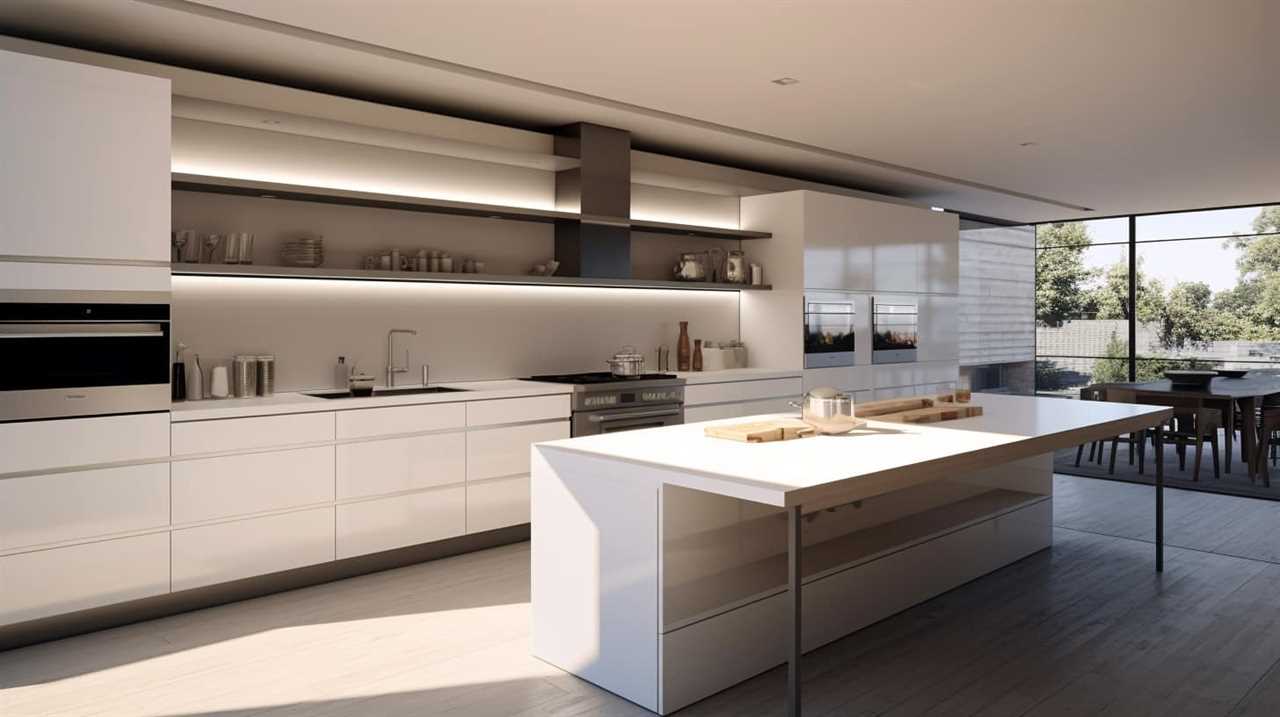
One option to explore is dental appliance alternatives. These alternatives may be more cost-effective and provide similar benefits.
Another cost-saving option is to inquire about payment plans or financing options offered by dental providers. Some providers may offer discounts or flexible payment arrangements to make the cost of dental appliances more manageable.
It’s also worth checking with insurance providers to see if they cover any portion of the cost of dental appliances.
Being aware of these additional costs and exploring cost-saving options can help patients make informed decisions about their treatment for sleep apnea.
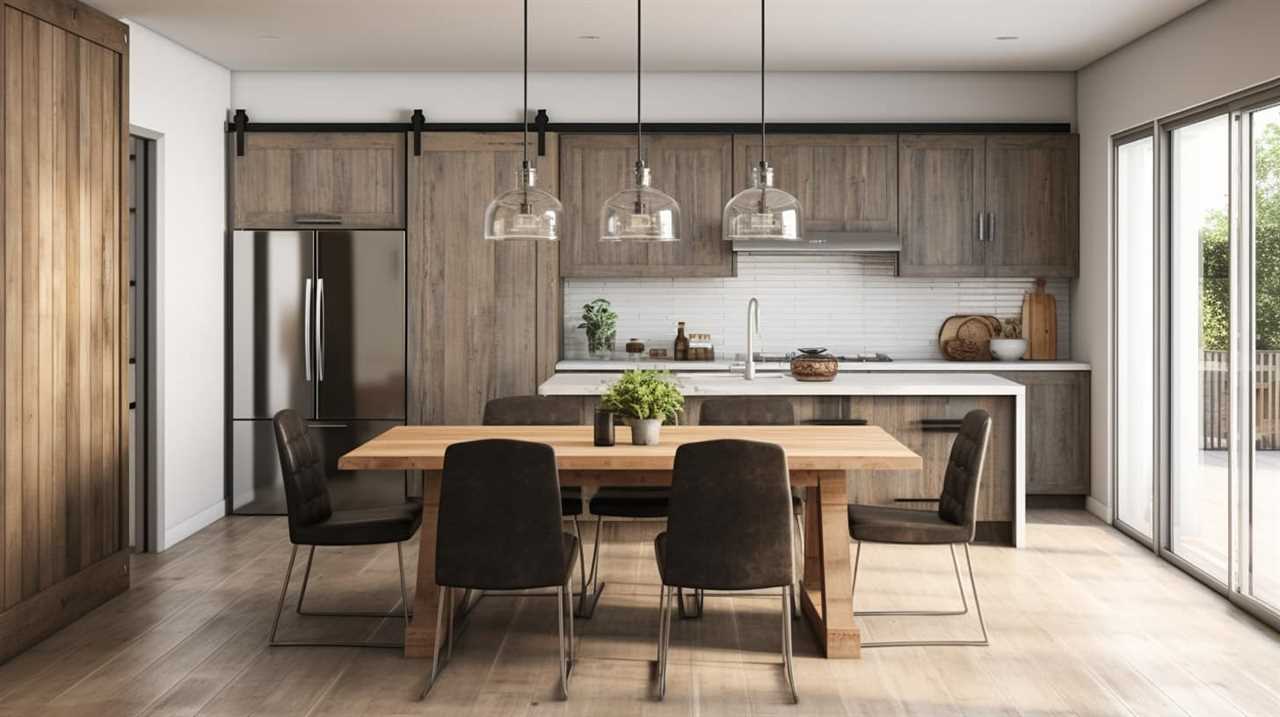
Financing Options for Dental Appliances
One cost-saving option for patients seeking dental appliances for sleep apnea is exploring dental providers’ payment plans or financing options. Here are three financing options that can help make dental appliances more affordable:
- Dental provider payment plans: Some dental providers offer in-house financing options, allowing patients to spread out the cost of their dental appliances over time. This can make the upfront cost more manageable and easier to budget for.
- Third-party financing: Patients can also explore third-party financing options, such as medical credit cards or healthcare loans. These options often come with flexible payment terms and low or no interest rates, making them a viable choice for those who need to finance their dental appliances.
- Insurance coverage: It’s important to check if dental insurance covers the cost of dental appliances for sleep apnea. While coverage varies depending on the insurance plan, some policies may partially or fully cover the cost of these appliances.
By considering these financing options and exploring insurance coverage, patients can find a more affordable way to obtain the dental appliances they need.
Transitioning to the next section, let’s now discuss affordable alternatives to dental appliances.
Affordable Alternatives to Dental Appliances
When it comes to finding cost-effective solutions for sleep apnea, there are affordable alternatives to dental appliances that can help improve symptoms.

Budget-friendly options such as nasal strips, positional therapy, and lifestyle changes can be effective in managing mild to moderate cases of sleep apnea.
These alternatives offer a more affordable approach for individuals who may not be able to invest in dental appliances at the moment.
Cost-Effective Sleep Apnea Solutions
To find cost-effective sleep apnea solutions, we researched affordable alternatives to dental appliances. Here are three cost-saving alternatives that provide affordable treatment options for sleep apnea:
- Continuous Positive Airway Pressure (CPAP) Machines: CPAP machines are commonly used to treat sleep apnea and work by delivering a constant flow of air pressure to keep the airway open during sleep. These machines are widely available and can be rented or purchased at a fraction of the cost of dental appliances.
- Oral Appliance Therapy: This treatment involves wearing a custom-fitted oral appliance that helps position the jaw and tongue to keep the airway open. Oral appliances are typically less expensive than dental appliances and can be a more affordable option for those seeking cost-effective solutions.
- Lifestyle Changes: Incorporating lifestyle changes such as weight loss, regular exercise, and avoiding alcohol and sedatives can significantly improve sleep apnea symptoms. While these changes may not be as convenient as using dental appliances, they can be effective and cost-saving alternatives for managing sleep apnea.
Budget-Friendly Dental Appliance Options
We have found several budget-friendly dental appliance options that provide affordable alternatives to traditional dental appliances for sleep apnea. These options are cost-saving solutions that can help individuals manage their sleep apnea without breaking the bank.
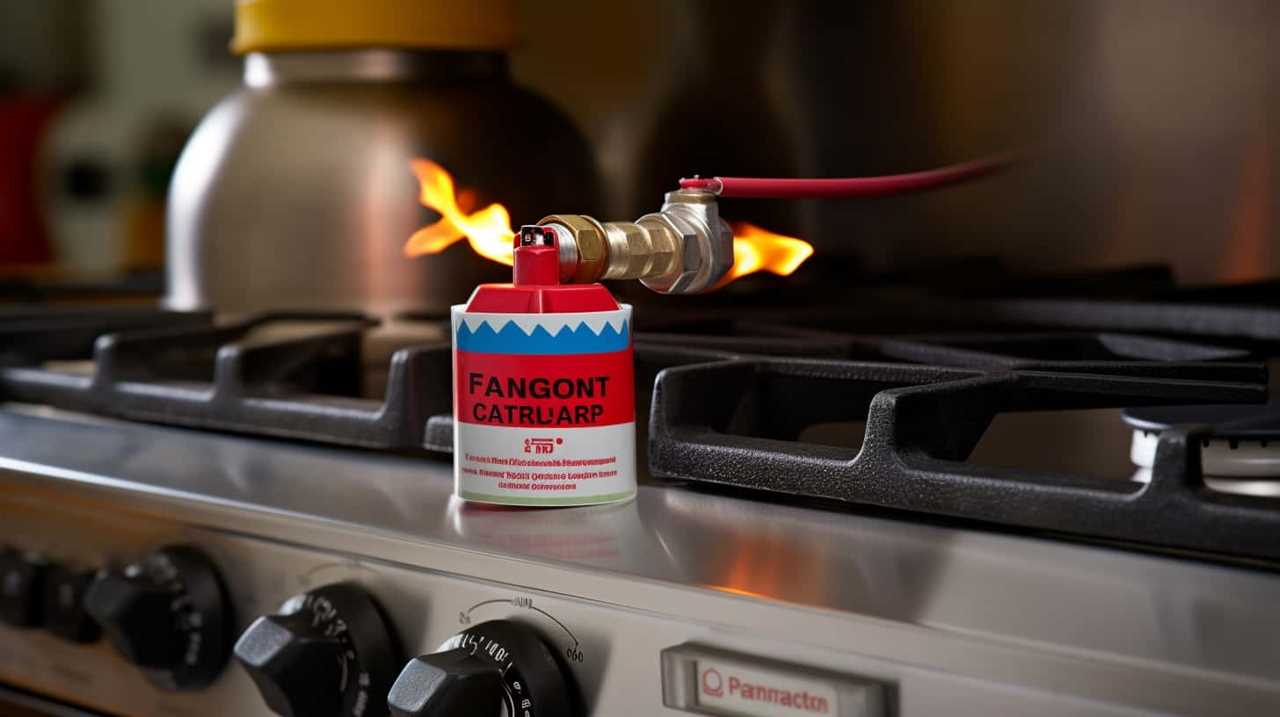
One option is a boil-and-bite mouthguard, which can be purchased over-the-counter at a relatively low cost. This type of mouthguard can be easily molded to fit the individual’s teeth, providing a custom fit without the need for professional dental assistance.
Another budget-friendly option is a tongue stabilizing device (TSD). TSDs work by holding the tongue in place during sleep, preventing it from blocking the airway. These devices are usually more affordable than custom-made dental appliances and can be a viable alternative for those on a tight budget.
Affordable Alternatives for Apnea
There are several affordable alternatives to dental appliances for sleep apnea that individuals can consider. If you’re looking for cost-effective treatment options or prefer DIY solutions, here are three options to explore:
- Lifestyle modifications: Making changes to your lifestyle can have a significant impact on sleep apnea symptoms. Losing weight, exercising regularly, avoiding alcohol and sedatives, and sleeping on your side instead of your back can help alleviate symptoms and improve your sleep quality.
- Positional therapy devices: These devices are designed to help you maintain a specific sleeping position that keeps your airway open. They can include pillows, special shirts, or belts that prevent you from rolling onto your back during sleep.
- Breathing exercises and mouth exercises: Engaging in specific breathing exercises and mouth exercises, such as tongue and throat exercises, can strengthen the muscles involved in breathing and help reduce sleep apnea symptoms.
These affordable treatment options and DIY solutions can be effective in managing sleep apnea symptoms and improving your overall sleep quality. However, it’s important to consult with a healthcare professional to ensure these alternatives are suitable for your specific situation.

Comparing Dental Appliance Costs With Other Sleep Apnea Treatments
When comparing the costs of dental appliances with other sleep apnea treatments, one important factor to consider is the long-term affordability of each option. In terms of cost comparison, dental appliances are generally less expensive than CPAP machines. While CPAP machines require regular maintenance and replacement of parts, dental appliances are a one-time investment that can last for several years with proper care.
Additionally, dental appliances offer a more cost-effective alternative to surgery for sleep apnea. Surgery can be expensive, and the costs may include hospital stays, anesthesia, and follow-up appointments. Dental appliances provide a non-invasive and more affordable option for managing sleep apnea.
Transitioning into the subsequent section about ‘tips for finding the best price on dental appliances’, it’s important to consider the various factors that can affect the cost.
Tips for Finding the Best Price on Dental Appliances
To find the best price on dental appliances for sleep apnea, we recommend researching and comparing prices from different providers. Here are some tips to help you find the best deal:

- Check insurance options:
- Contact your insurance provider to see if dental appliances for sleep apnea are covered under your plan.
- This can help reduce your out-of-pocket expenses.
- Read patient reviews:
- Look for reviews and testimonials from patients who’ve purchased dental appliances for sleep apnea.
- This can give you insight into the effectiveness and quality of different providers.
- Compare prices:
- Reach out to multiple dental providers and request quotes for dental appliances for sleep apnea.
- Be sure to compare the prices, but also consider the reputation and experience of the provider.
Factors to Consider When Investing in Dental Appliances
We have several key factors to consider when investing in dental appliances for sleep apnea. It is important to understand the factors that can affect the effectiveness of these appliances and the potential long-term usage effects. To help you make an informed decision, I have created a table highlighting three important factors to consider:
| Factors Affecting Effectiveness | Long-Term Usage Effects | Cost |
|---|---|---|
| Proper Fit | Jaw Pain | High |
| Material Quality | Tooth Shifting | Medium |
| Adjustability | Gum Irritation | Low |
Ensuring a proper fit is crucial for the effectiveness of the dental appliance, as it helps maintain the correct position of the jaw and airway. However, a poorly fitting appliance can lead to jaw pain. The material quality of the appliance is also important, as low-quality materials can cause tooth shifting over time. Lastly, consider the adjustability of the appliance, as it allows for personalized comfort but may sometimes cause minor gum irritation. While cost is a factor, it is essential to prioritize the effectiveness and long-term usage effects when investing in dental appliances for sleep apnea.
The Long-Term Cost Savings of Dental Appliances
Considering the factors discussed earlier, investing in dental appliances for sleep apnea can lead to significant long-term cost savings. Here are three reasons why:
- Reduced healthcare expenses: Dental appliances effectively treat sleep apnea, which has been linked to various health issues such as heart disease and stroke. By addressing the root cause of these conditions, individuals can potentially avoid costly medical treatments and hospital visits in the long run.
- Increased productivity: Sleep apnea often results in daytime sleepiness, fatigue, and decreased cognitive function, leading to decreased productivity at work. By using dental appliances to improve sleep quality, individuals can experience higher levels of alertness and concentration, potentially leading to increased work performance and earning potential.
- Long-term health benefits: Dental appliances not only alleviate the symptoms of sleep apnea but also improve overall sleep quality. Adequate sleep has been associated with numerous health benefits, including improved immune function, mental well-being, and longevity. By investing in dental appliances, individuals can enjoy these long-term health benefits, leading to a better quality of life.
A cost-effectiveness analysis of dental appliances for sleep apnea reveals that the initial investment can result in significant savings in healthcare expenses, increased productivity, and improved long-term health outcomes.

Frequently Asked Questions
How Effective Are Dental Appliances Compared to Other Treatments for Sleep Apnea?
Dental appliances are a viable alternative to CPAP for sleep apnea treatment. Studies show they are effective in reducing symptoms and improving quality of life. Long-term outcomes are comparable to surgical interventions.
Are There Any Side Effects or Discomfort Associated With Using Dental Appliances for Sleep Apnea?
Using dental appliances for sleep apnea can cause some side effects and discomfort. However, these usually improve over time as you adjust to wearing them. It’s important to work closely with your dentist to minimize any discomfort and maximize effectiveness.
Can Dental Appliances Be Used for All Types and Severities of Sleep Apnea?
Dental appliances have limitations in treating sleep apnea, as they may not be suitable for all types and severities of the condition. However, they can be effective in certain cases, providing relief and improving sleep quality.
Are Dental Appliances Covered by Medicare or Medicaid?
Medicare and Medicaid coverage for dental appliances varies. While Medicare may cover some costs for medically necessary dental appliances for sleep apnea, Medicaid coverage depends on the state. It’s important to check with your insurance provider for specific coverage details.
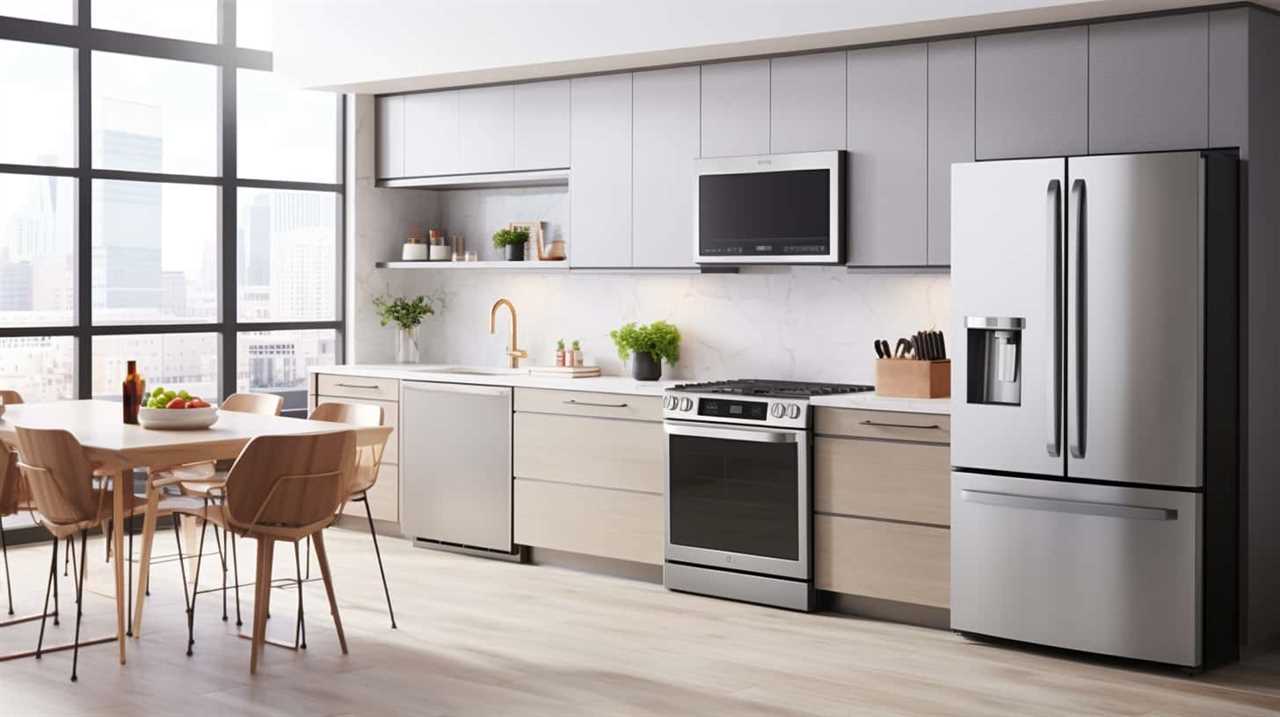
Can Dental Appliances Be Used in Combination With Other Sleep Apnea Treatments for Better Results?
Can combining dental appliances with CPAP therapy lead to better results in sleep apnea treatment? We explore the cost effectiveness of dental appliances and their potential benefits when used alongside other treatments.
Conclusion
Overall, dental appliances for sleep apnea can vary in price depending on various factors such as customization, type of appliance, and insurance coverage.
It’s important to consider the long-term cost savings of dental appliances compared to other sleep apnea treatments.
By comparing prices and considering factors such as quality and effectiveness, individuals can find the best price on dental appliances.

Investing in dental appliances can provide a more affordable and effective solution for managing sleep apnea.
